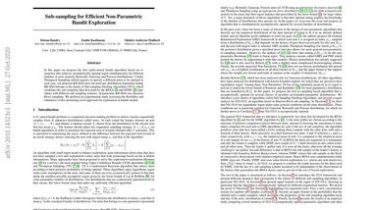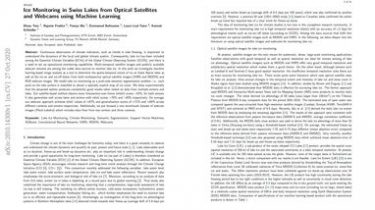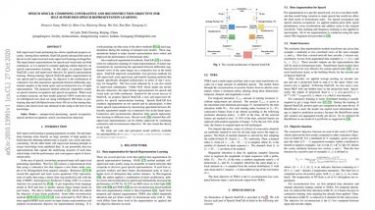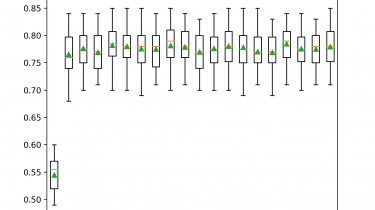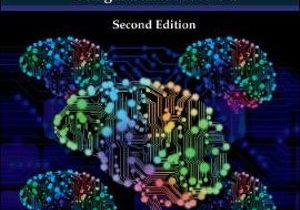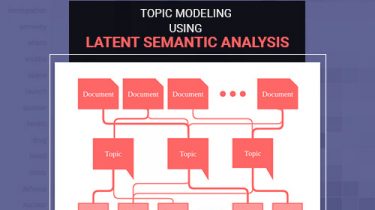Sub-sampling for Efficient Non-Parametric Bandit Exploration
In this paper we propose the first multi-armed bandit algorithm based on re-sampling that achieves asymptotically optimal regret simultaneously for different families of arms (namely Bernoulli, Gaussian and Poisson distributions). Unlike Thompson Sampling which requires to specify a different prior to be optimal in each case, our proposal RB-SDA does not need any distribution-dependent tuning… RB-SDA belongs to the family of Sub-sampling Duelling Algorithms (SDA) which combines the sub-sampling idea first used by the BESA [1] and SSMC [2] algorithms […]
Read more